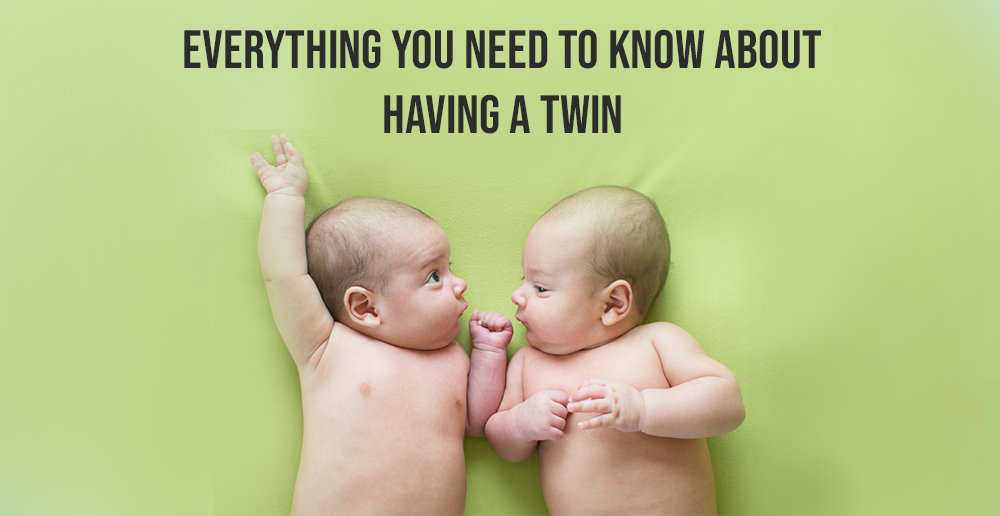Miscarriage
It’s smart to learn everything you can about the reason
What is a Miscarriage ?

Miscarriage, which
“We estimate that is about 30 to 40
More than 80 percent of miscarriages occur in the first trimester, which is why many women decide to wait before sharing their pregnancy news until they pass the 13th week.
The Most Common Miscarriage Causes
Many women blame themselves or their behavior if they have a miscarriage, yet, in most cases, there’s nothing you have done to cause it – as there’s also nothing you can do to prevent it. Miscarriage is not caused by moderate workout, intercourse, or a small cup of coffee. According to American Pregnancy Association (APA), the most common cause is a chance genetic abnormality in the embryo.
Read : Common Pregnancy Travel Worries Answered
Issues that could cause miscarriage include:
Chromosomal problems

During fertilization, the sperm and egg each bring 23 chromosomes together to create 23 perfectly matched pairs of chromosomes. This is a complicated process, and a minor glitch can result in a genetic abnormality that prevents the embryo from growing. Researchers blame genetics for most miscarriages. And as you age, these glitches are more likely to occur.
Hormone Imbalance
It relate about 15 percent of all miscarriages to unbalanced hormones, such as insufficient progesterone levels that prevent your fertilized egg from implanting in your uterus.
Uterine Problems

The uterine fibroids inside the uterus can interfere with implantation or blood supply to the fetus. Some women are born with a septum, an uncommon uterine defect linked to miscarriage, while others develop bands of scar tissue in the uterus from surgery or second-term abortions that can keep an egg from implanting properly or may hamper blood flow to the placenta. A doctor can determine uterine defects through specialized X-rays and most can be treated.
Chronic Illness
Chronic illnesses like autoimmune disorders, lupus, heart disease, kidney and liver disease, and diabetes cause as many as 6 percent of recurring miscarriages.
High Fever
No matter how healthy you are normally, if you develop a high fever during early pregnancy, you may experience a miscarriage. A high core body temperature is mostly damaging to the embryo before 6 weeks.
Other Miscarriage Risk Factors
Factors that can sometimes result in a miscarriage are including:
- Drug use
- Smoking
- Excessive drinking
- Listeria (which is a bacteria that maybe in undercooked meats, raw eggs, and unpasteurized dairy products)
- Maternal trauma (such as a car accident)
- Certain medications
- Advanced maternal age (over 35 years old)
- Infections (like Lyme disease or Fifth disease)
- Air pollution (Fertility and Sterility published a study done in 2017 and found that increased short term exposure to nitrogen dioxide is associated with a higher risk of a miscarriage)
Read : Quitting Smoking While Pregnant
The Most Common Miscarriage Symptoms

Blood spots in early pregnancy are usually common, but it should never consider it normal, and it always alerts a call to your gynecologist, Dr. Landy says. Although
“Even if everything looks normal,
Some women might not experience any symptoms of miscarriage at all. Possible miscarriage symptoms besides bleeding includes:
- Gentle to severe cramps
- Back or abdomen pain
- Loss of pregnancy symptoms, such as nausea or vomiting
- White-pink mucus
- Passing tissue or clot-like material
Stopping a Miscarriage From Happening

Unfortunately, there’s no way to stop a miscarriage from happening once it has already begun. According to Dr. Landy, however, it is fundamental to be seen by your doctor and treated to prevent hemorrhaging and/or any infections.
The Chemical Pregnancy
A chemical pregnancy happens when an egg
What Happens During a Miscarriage
“Depending on the medical situation, the physical process of losing a pregnancy can
Some women will
“If the woman is afraid that the bleeding would continue heavily without effective passage of the tissue, the recommendation is usually to proceed with a quick evacuation of the uterus–a D&C,” Dr. Jolley explains. “If not done, it could become dangerous for the woman.”
Dilation and curettage, or
The Right Timing to Try for Another Baby After a Miscarriage
Your doctor or midwife might suggest to wait for a certain amount of time before trying to conceive again, although you may not feel ready to consider trying to conceive another baby for a little while, and that’s more than okay for the sake of your health.
My Chances of a Miscarriage During My Next Pregnancy – Are They High or Low?
The probability of a successful and healthy pregnancy after a miscarriage are in your favor: According to the APA, at least 85
Read More :
Miscarriage : Saying Goodbye Before Hello!
10 Yoga Poses To Boost Your Fertility
WOMEN STICK TOGETHER, SHARING IS CARING!








